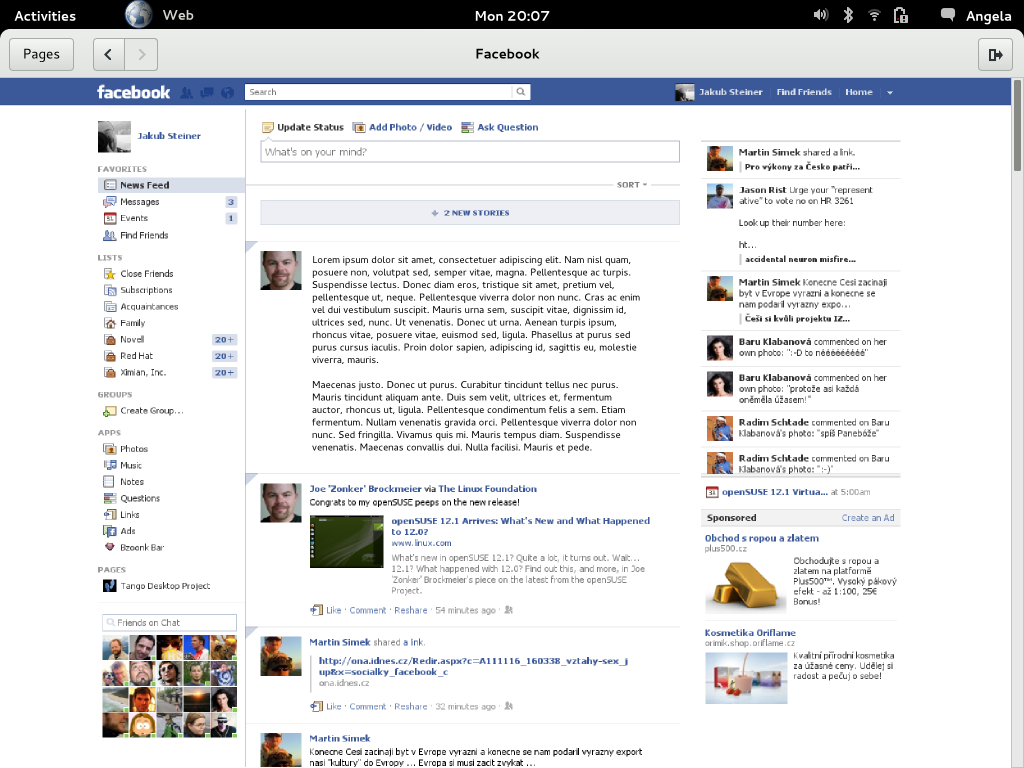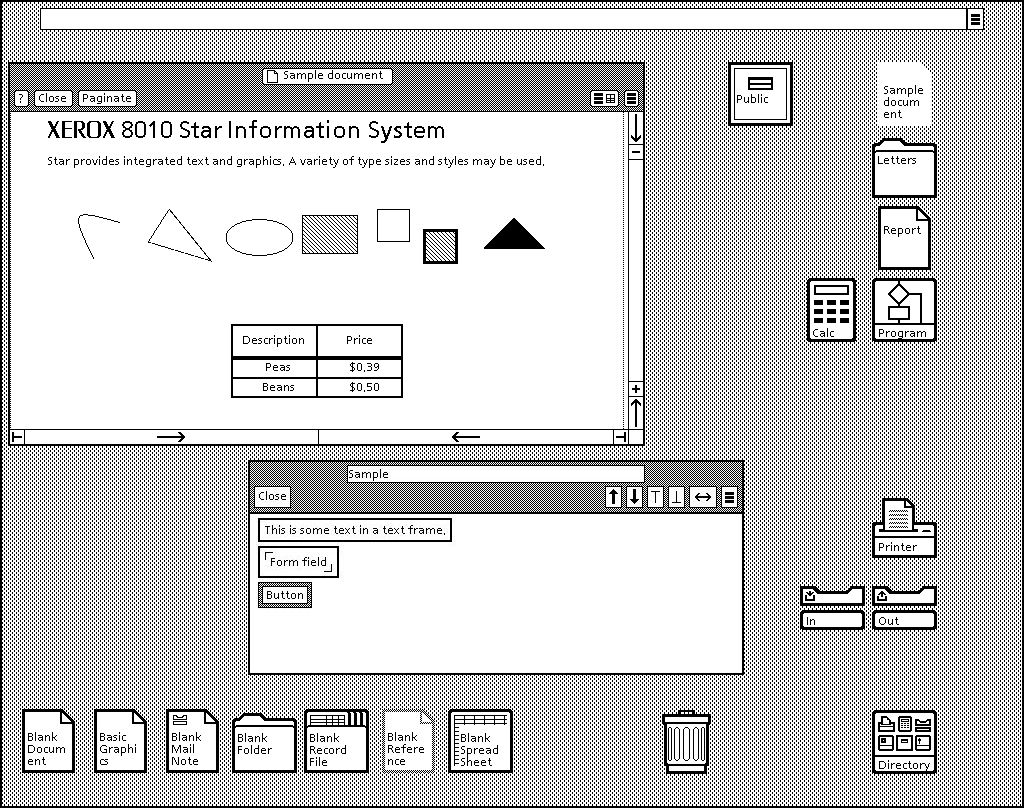One of the things that the GNOME design crew have been focusing on recently is creating a new approach to application design for GNOME 3. We want GNOME applications to be thoroughly modern, and we want them to be attractive and a delight to use. That means that we have to do application design differently to how we’ve done it in the past.
Design is always an iterative process, and the new GNOME application design approach has been steadily evolving for some time. There have been lots of design ideas and mockups, and there has been plenty of testing of prototypes and of proper implementations. This process has resulted in some design patterns being consigned to the scrapheap while others have come to have an increasingly important place in our hearts. Slowly but surely, things are starting to fall into place.
As the new GNOME 3 application design approach has stabilised, we have been able to pursue the development of more new applications. GNOME Documents and Contacts have been joined by Boxes, Web and Clocks. We also have designs in the works for many other new applications, including Mail, Videos, Chat, Photos, Calendar and more. Each of these new designs utilise the application design approach that we have been developing. We are also starting to document our new application design approach in a new version of the HIG. This will help application developers to create their own GNOME 3 apps.
In what remains of this post I’m going to try to give you a taste of the new application designs, as well as give a bit of background about why they have been designed in the way that they are.




